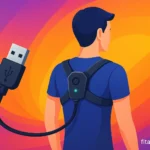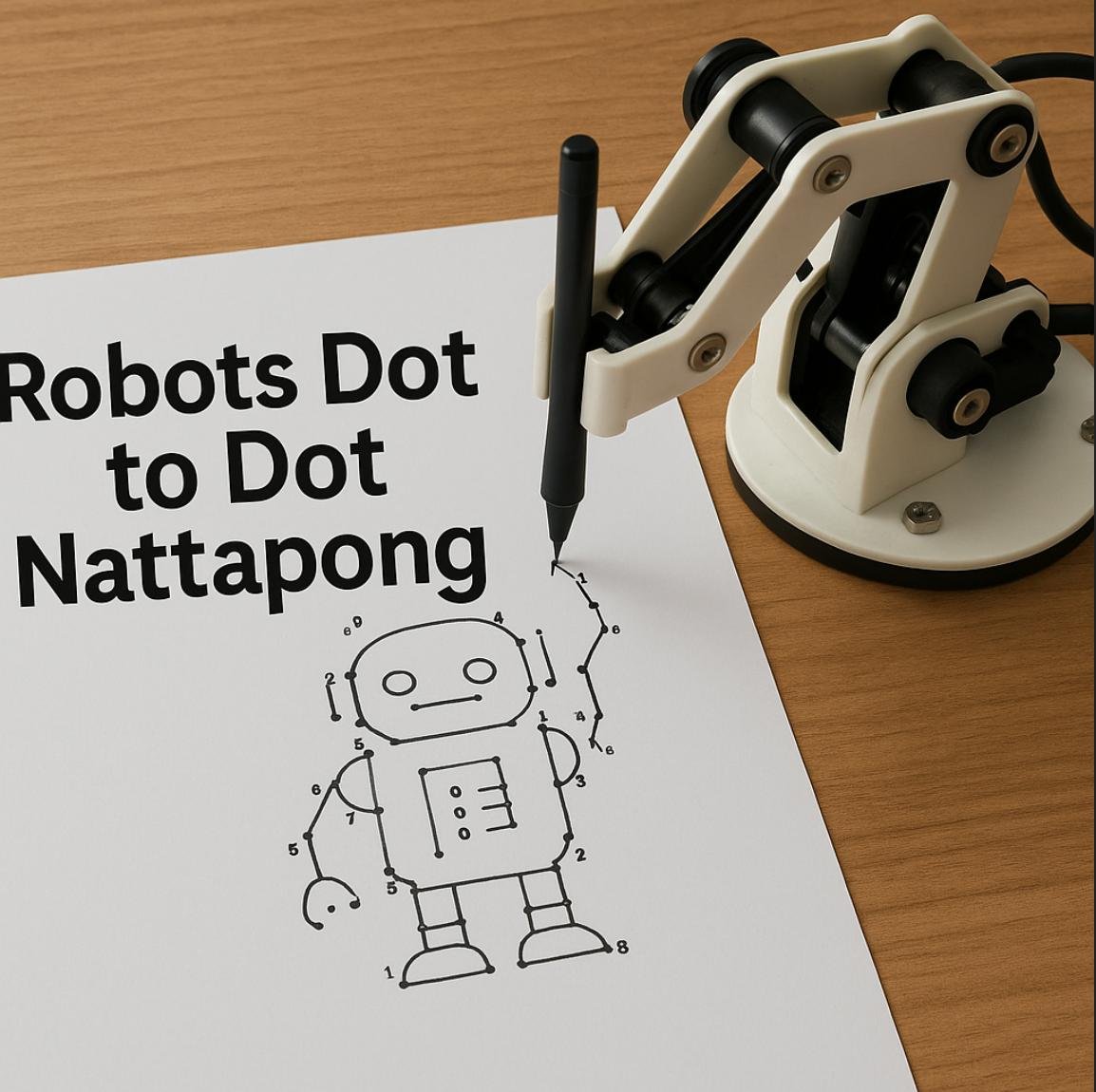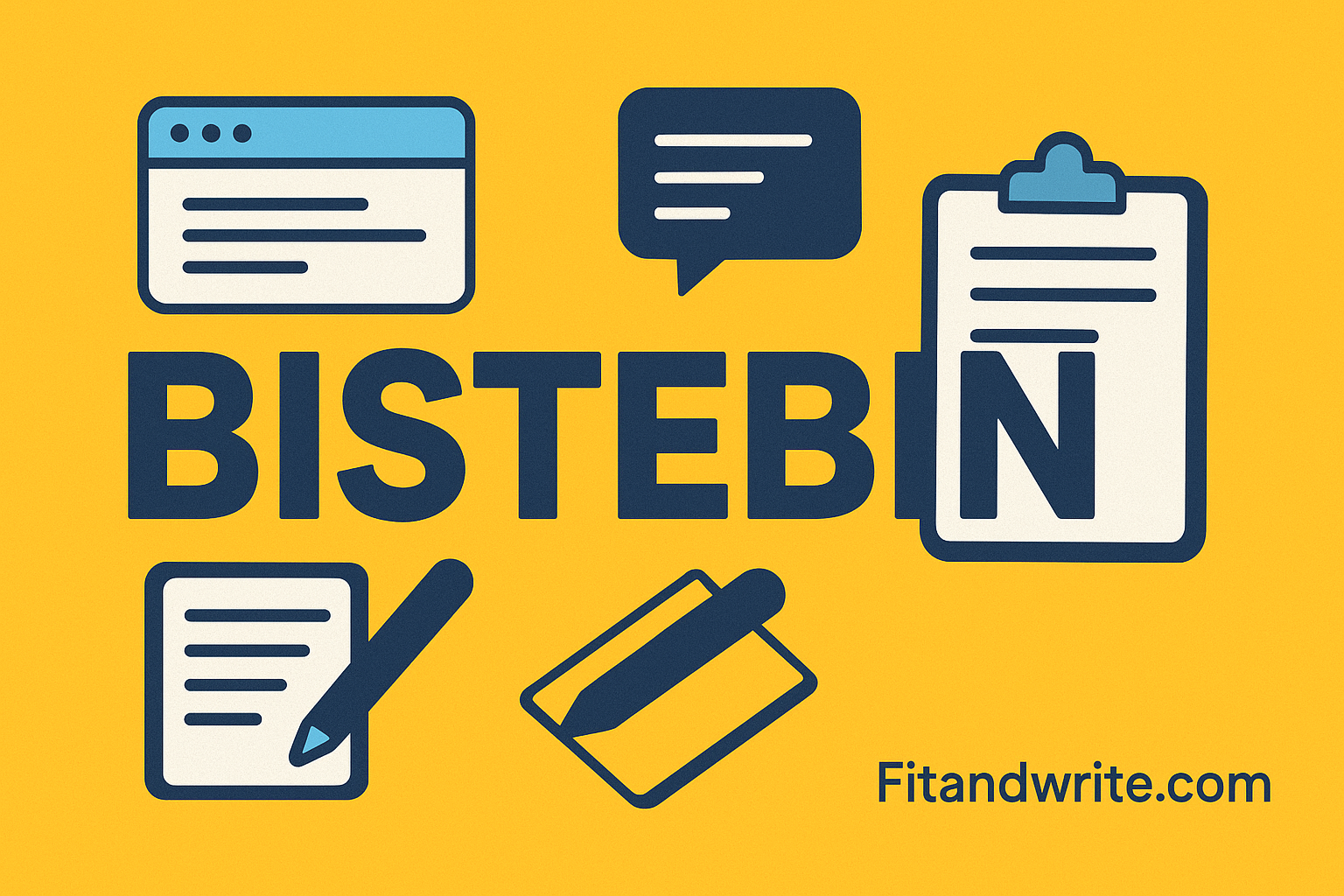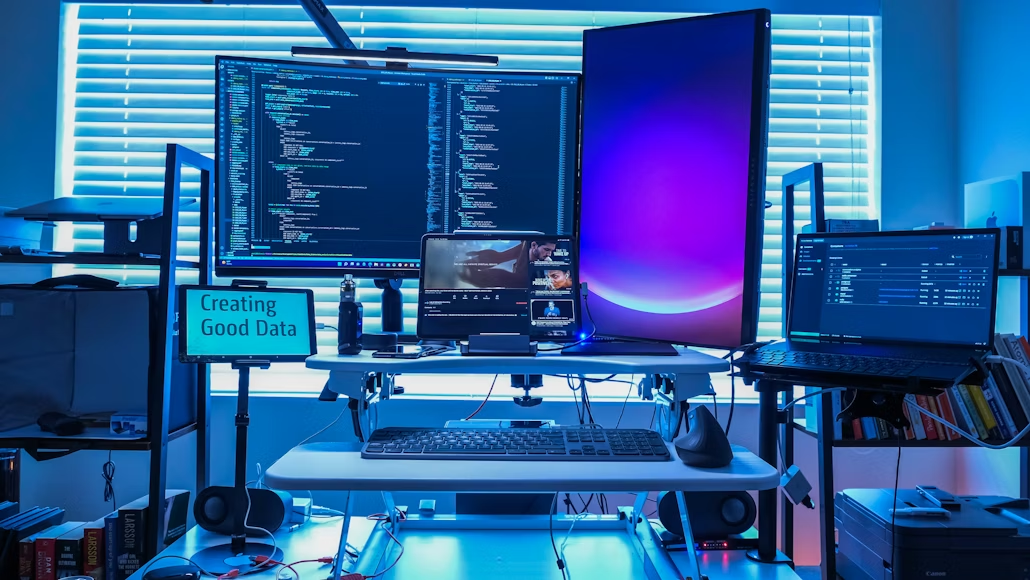Let’s take a second to rewind to your childhood—remember those simple dot-to-dot puzzles? You’d connect numbered dots and magically, a dinosaur, spaceship, or kitten would appear. It was pure fun, but more than that, it subtly taught us sequencing, attention, and creativity.
Now imagine bringing that same concept into the 21st century—powered by artificial intelligence, robotics, and interactive design. That’s exactly what the concept of “Robots Dot to Dot Nattapong” represents. At first glance, it might sound like a quirky game or a robotic toy, but dig a little deeper, and you’ll find an innovative and educational platform blending art, technology, and learning in a fresh and futuristic way.
So… What Exactly Is “Robots Dot to Dot Nattapong”?

The name might seem a bit abstract, but here’s the breakdown:
- “Robots Dot to Dot” refers to an AI-driven or robot-assisted artistic concept where patterns are created by connecting dots—just like those classic puzzles.
- “Nattapong” is likely a nod to a Thai creator or tech innovator behind the project or concept—perhaps someone in the STEAM (Science, Tech, Engineering, Art, Math) education or robotics space.
In essence, this is an interactive tech-art project or product that turns connecting dots into a smart, robotic, and even programmable activity. Whether it’s being used in schools, home learning kits, or creative studios, it’s definitely catching attention for the way it integrates playful art with hands-on tech learning.
Quick Overview: Robots Dot to Dot Nattapong
| Feature | Description |
|---|---|
| Concept | AI or robotic tool that connects dots to form images or patterns |
| Target Audience | Students (STEM learners), educators, artists, parents, tech enthusiasts |
| Educational Benefits | Enhances sequencing, spatial thinking, motor skills, and tech literacy |
| Technology Used | Artificial Intelligence, robotics, possibly AR/VR integration |
| Creative Angle | Merges traditional art with future-ready tools like programming and coding |
| Origin | Inspired by Nattapong (likely a tech innovator or artist from Thailand) |
Why This Is Way More Than Just a Kid’s Game
Let’s be clear—this isn’t about handing kids a worksheet and saying “connect the dots.” Robots Dot to Dot Nattapong is a tech-enhanced creativity system that teaches kids (and adults!) about pattern recognition, coding logic, robotic automation, and design. And the best part? It’s fun, non-intimidating, and incredibly satisfying.
Here’s what makes it awesome:
1. Creative Coding Meets Visual Art
Imagine giving kids a tablet or laptop where they input an image—say, a robot or an animal. The system uses AI to convert it into a dot matrix. A robotic arm or plotter tool then physically or digitally connects the dots to draw the image. The user can even customize line thickness, dot size, or stroke pattern. It’s basically learning to code through drawing—and it’s brilliant.
2. Perfect for STEAM Education
We’ve heard of STEM (Science, Technology, Engineering, Math), but add Art into the mix, and you get STEAM—a more holistic way of teaching. This tool checks all the boxes:
- Science: Understanding how AI and robotics work
- Technology: Using apps or hardware
- Engineering: Learning about mechanisms
- Art: Design and visual creativity
- Math: Number sequencing and geometric patterns
Educators are starting to love this concept because it turns abstract tech topics into hands-on creative play.
What’s the Tech Behind It?
Depending on the version or implementation (software-only vs. hardware-enhanced), Robots Dot to Dot Nattapong may use:
- AI-powered algorithms that detect shapes and optimize dot positioning
- Robotic drawing arms (similar to 3D printers or plotters) that connect the dots with mechanical precision
- Interactive screens or tablets that gamify the experience with sound effects, animations, and progress tracking
- Augmented Reality (AR) overlays that bring the image to life once the dots are connected
This fusion of mechanics and digital interfaces makes it incredibly versatile for home or classroom use.
Real-World Use Cases
Let’s talk about how and where this can actually be used:
In Classrooms
Teachers can use it to demonstrate basic programming loops (“Connect from dot 1 to dot 2 if X = true”), geometry (“Why does this triangle form here?”), or creative writing (“Draw your story’s main character!”).
For Therapy or Special Needs
Because the process involves repetition, fine motor coordination, and visual focus, this concept can be adapted for occupational therapy or developmental learning.
At Home with Parents
Parents can bring learning into the home in a playful way. Want your kid to stay off YouTube? Give them a robot that draws dinosaurs by connecting dots based on their drawings. Trust me, they’ll be hooked.
In Art Studios or Maker Spaces
Designers and artists who love generative art could use this as a new medium. Upload an image, turn it into a dot-to-dot form, and let the robot “sketch” it on canvas.
Future Possibilities
What’s next for something like Robots Dot to Dot Nattapong? The sky’s the limit:
- AR/VR Enhancements: Imagine completing the dot puzzle and watching the image animate in AR.
- Multi-User Collaboration: Two students connecting parts of the same robot artwork in real time.
- Global Sharing: Online platforms where users can create, remix, and share dot-to-dot blueprints.
Final Thoughts
“Robots Dot to Dot Nattapong” might sound niche or niche-techy at first, but it’s a brilliant intersection of nostalgic creativity and future-forward learning. It captures the spirit of what education and creativity should look like today—interactive, tech-powered, inclusive, and fun.
Whether you’re a teacher, parent, student, or just a curious creator, this concept invites you to see art through the eyes of a robot—and maybe code a little joy along the way.
If you’re ready to explore a future where connecting dots means more than just drawing a picture—it means connecting minds, machines, and imagination—keep an eye on the innovations coming from creators like Nattapong. They’re leading the way to a smarter, more creative tomorrow.
Suggested reads: CNLawBlog: Your Gateway to Understanding Chinese Law in a Globalized World










